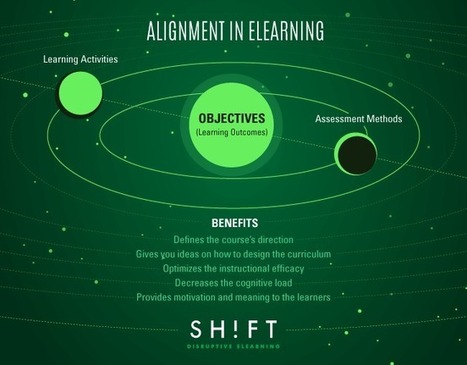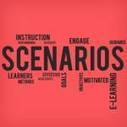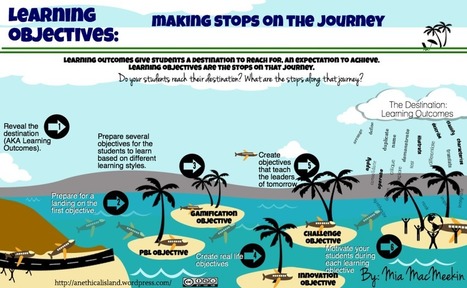Dr. Mark Bullen demystifies instructional design by providing a simple and easy to understand explanation of the concept. His key point is that instructional design is all about crafting learning objectives at a level appropriate for the knowledge and skills that are being developed, then
Research and publish the best content.
Get Started for FREE
Sign up with Facebook Sign up with X
I don't have a Facebook or a X account
Already have an account: Login
Literacy in a digital education world and peripheral issues.
Curated by
Elizabeth E Charles
 Your new post is loading... Your new post is loading...
 Your new post is loading... Your new post is loading...
|

Tania Cortés Alvarez's curator insight,
May 23, 2017 9:24 PM
objectives are the core of asubject.That is why, not only creating them but presenting them must be thinking in the student, it should reflect a common interest between students. This article mentions different ways of presenting objectives for making them more atractive for students. For instance, the article proposes to useimages for each objective wich I consider usefull for making students connect the image with the objective , this could make students remember the objective and thinking about it while they are doing different activities in order to reach it.
|




















